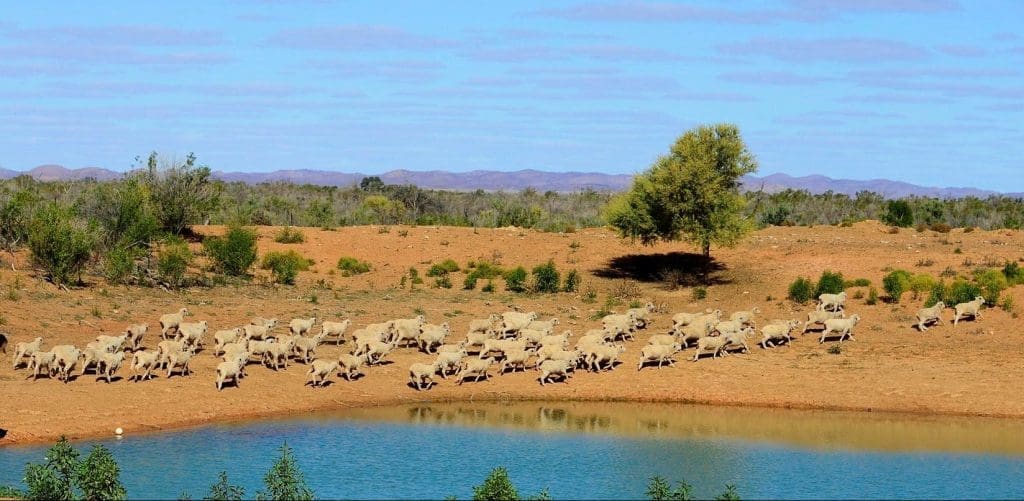
Located north of Broken Hill, the Avenel aggregation covers 121,390ha, and is the second largest purchase ever by the NSW National Parks and Wildlife Service (NPWS) after Narriearra Station at Tibooburra in June last year.
THE New South Wales Government has bought Avenel/Mount Westwood near Broken Hill in the state’s far west to add to its national park area.
Located north of Broken Hill, the aggregation covers 121,390 hectares, and is the second largest purchase ever by the NSW National Parks and Wildlife Service (NPWS) after Narriearra Station at Tibooburra in June last year.
Avenel/Mount Westwood was listed with Elders Real Estate with a price guide of $20 million, and with a DSE of 25,000.
This purchase follows the NPWS buy early this year of the 45,534ha Koonaburra located 100km north-east of Ivanhoe for $9.185 million.
“In just over two years we have added over half a million hectares to our park estate, smashing target after target and securing precious habitat and biodiversity for future generations,” NSW Environment Minister Matt Kean said.
These purchases, which also include Langidoon and Metfood near Broken, have increased the size of the NPWS estate by almost 7.5 per cent.
“This latest expansion will conserve significant areas of critically important habitat types in western NSW that are not currently protected in the park estate.”
Avenel/Mount Westwood Station runs along the South Australian border, and features Simpson the Strzelecki dune fields transitioning to the rocky plateau of the Barrier Range, with a network of river red gum and coolabah-fringed rivers, creeks and watercourses.
The property also supports habitat for an estimated 30 threatened plant and animal species including the Australian bustard and the dusky hopping mouse.
Koonaburra station will add a further 45,534ha including an extensive area of sandplain and dune field country featuring a vast network of melon holes, which provide an important water sources for many species.
It also supports habitat for at least 20 threatened animal species including the Major Mitchell cockatoo, Mallee fowl and the fat-tailed dunnart.
NPWS is currently delivering the biggest investment in visitor infrastructure in national park history and this program will be extended to both Avenel and Koonaburra, ensuring both properties become “must see destinations” for the millions who visit our national parks every year.
NPWS is currently delivering the biggest investment in visitor infrastructure in national park history and this program will be extended to Avenel and Koonaburra.
Lying on Ngurunta country to the west and the Maljangapa country to the east, Avenel/Mount Westwood has significant Aboriginal cultural heritage value, with artefacts and sites including middens, quarries and burial sites across the property.
Avenel is set to become a new visitor destination with campgrounds, 4WD circuits and walking trails, and is expected to open to the public in mid-2022.
Koonaburra Station contains ecosystems unrepresented or poorly protected in the NPWS system, as well as threatened ecological communities and species.
A comprehensive enhanced feral animal management program will be implemented across the park, including upgraded, fit-for-purpose fencing infrastructure.
This will assist in the regeneration of native vegetation and sequester significant volumes of carbon.
Koonaburra was once part of the giant pastoral lease Keewong Station established in the early 1800s which ran Merino sheep, and features some of the holding’s original buildings.
Source: NSW Government
